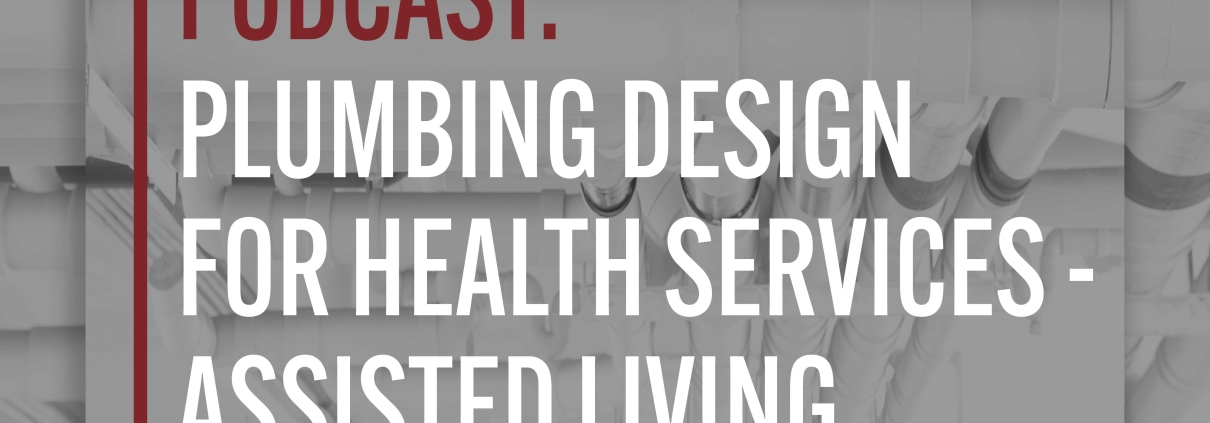Plumbing Design for Health Services: Balancing Safety, Comfort, and Efficiency

“In terms of saving lives, the plumbing industry has done more for the world than any other technology perhaps in the last couple of centuries.”
– Enelio Enriquez, Jordan & Skala Engineers’ Health Services Practice Leader
As MEP (Mechanical, Electrical, and Plumbing) engineering consultants serving the health services industry, we often face questions about balancing the technical demands of MEP systems with creating safe, comfortable spaces in environments such as assisted living facilities. These facilities cater to some of the most vulnerable populations, requiring meticulous attention to detail and adherence to stringent codes to ensure occupant safety and well-being.
Recently, we explored this topic in a podcast with Consulting-Specifying Engineer, diving deep into plumbing design and hot water heating systems for assisted living facilities—a critical subsector of the health services market. These projects are particularly complex, as they must meet rigorous technical and safety standards while performing essential services efficiently.
Key Considerations in Plumbing Design for Assisted Living Facilities
- Protecting Residents from Burns and Bacterial Risks
Older adults and vulnerable populations are especially susceptible to burns from scalding water. However, storing water at temperatures that are too low can promote the growth of harmful bacteria like Legionella. To address this, water must be stored at 140°F to inhibit bacteria growth while being delivered at a safer 100°F to fixtures, such as sinks and showers. - 2. Code-Compliant Temperature Control
Building codes do not allow water temperature to be regulated solely by the water heater’s temperature setting. Instead, the solution lies in installing a thermostatic mixing valve to monitor and control the delivered water temperature. These valves, which can be mechanical or digital, help meet code requirements while providing a safe, reliable solution for assisted living facilities.
Why Expertise in Health Services Design Matters
Designing plumbing systems for health services environments requires a deep understanding of both the technical demands and the unique needs of the residents. MEP consultants must strike the right balance between safety, efficiency, and comfort, ensuring these critical systems work flawlessly to support the well-being of occupants.
- For example:
- Hot water systems must prevent both scalding and bacterial growth.
- Plumbing systems must adhere to rigorous codes while remaining functional and efficient.
- Design collaboration with architects and facility managers ensures that plumbing solutions integrate seamlessly into the overall facility design.
Dive Deeper
For a detailed discussion of these challenges and solutions, check out our recent podcast with Consulting-Specifying Engineer, where we break down the intricacies of plumbing design in assisted living facilities. Whether you’re a designer, facility manager, or industry enthusiast, you’ll gain valuable insights into how the right plumbing systems can significantly enhance safety and comfort in health services environments.
Ready to Learn More?
At Jordan & Skala Engineers, we specialize in designing safe, efficient systems tailored to the unique needs of health services facilities. Contact us to learn how we can support your next project!

Leave a Reply
Want to join the discussion?Feel free to contribute!